JayJay65
TPF Noob!
- Joined
- May 4, 2007
- Messages
- 286
- Reaction score
- 0
- Location
- Connecticut
- Can others edit my Photos
- Photos NOT OK to edit
I was looking into a camera to buy.. I want my first DSLR.. I was looking into the Canon Rebel XTi amd XT..
Canon Rebel XTi <- hyperlink
Since this would be my first DSLR.. can I have some help with learning the new functions, and how the SLR's work.. Im used to my Kodak EasyShare Z612...
To explain what I mean, heres some questions to start it off..
- What should I look for in a [DSLR] camera??
- I know DSLR means interchangable lenses, but what do the lenses control [features-wise]?
THANK YOU ALOT!
- Jess
Canon Rebel XTi <- hyperlink
Since this would be my first DSLR.. can I have some help with learning the new functions, and how the SLR's work.. Im used to my Kodak EasyShare Z612...
To explain what I mean, heres some questions to start it off..
- What should I look for in a [DSLR] camera??
- I know DSLR means interchangable lenses, but what do the lenses control [features-wise]?
THANK YOU ALOT!
- Jess



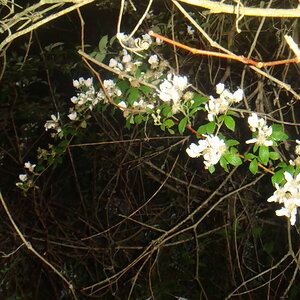
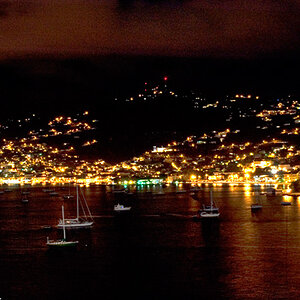
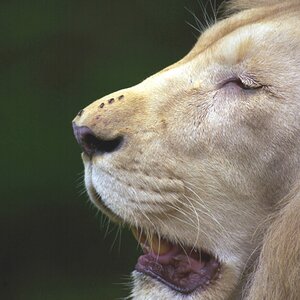
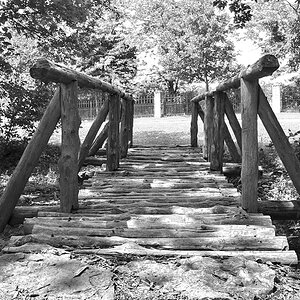
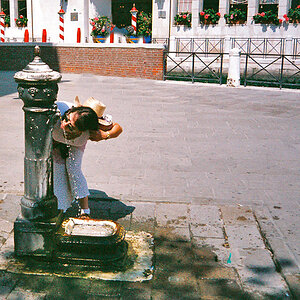
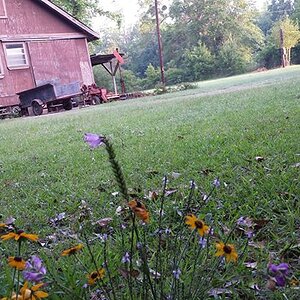
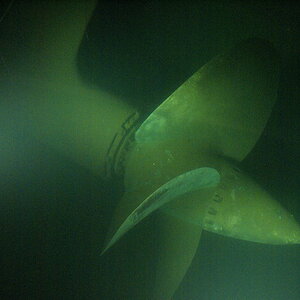
![[No title]](/data/xfmg/thumbnail/37/37606-3c9ffb5906173fa2aa489341967e1468.jpg?1619738148)

![[No title]](/data/xfmg/thumbnail/42/42492-60144191c917c21139f8acd72f6ba090.jpg?1619740197)
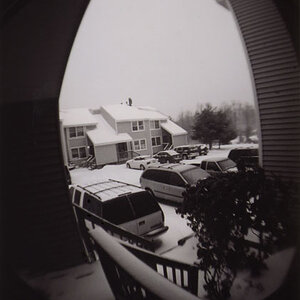
![[No title]](/data/xfmg/thumbnail/31/31086-ae0d6678ca78859132ce5375d5300961.jpg?1619734602)